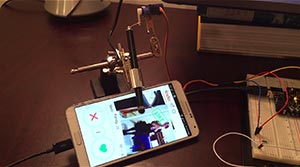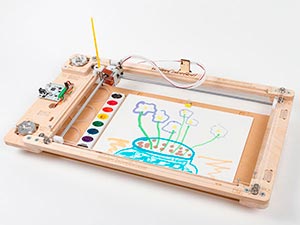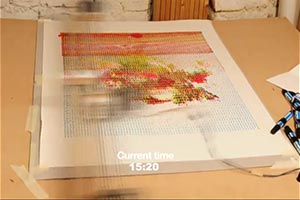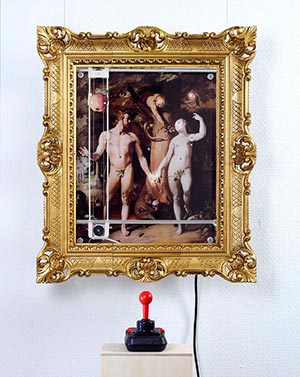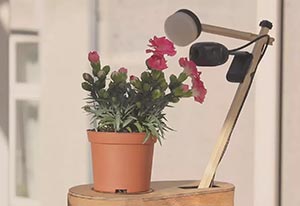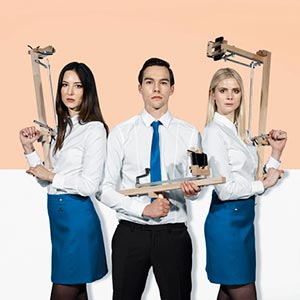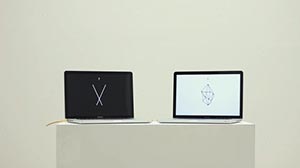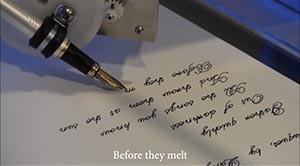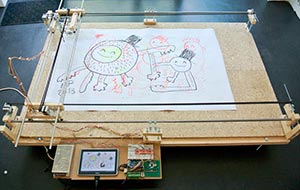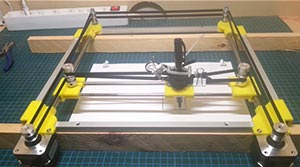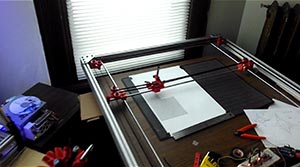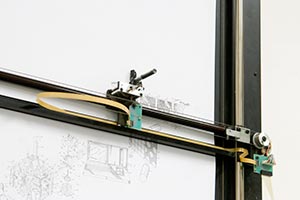(1)

Lonely Sculpture (2014) by Tully Arnot
(2)
“When computer scientists at Google’s mysterious X lab built a neural network of 16,000 computer processors with one billion connections and let it browse YouTube, it did what many web users might do — it began to look for cats.”
(Liat Clark, Wired UK — 26 June 2012)
(3)
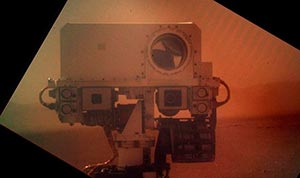
"Mars rover, Curiosity, takes a self-portrait and shares it with the world”
(Andrew Kalinchuk, Digital Trends — 9 September 2012)
(4)
“API Terms of Use [...] 1. Licensed Uses and Restrictions [...] You shall not:
1. Use the Instagram APIs for any application that replicates or attempts to replace the essential user experience of Instagram.com or the Instagram apps. [...]
4. Use the Instagram APIs to post automated content to Instagram, including likes and comments that were not initiated and entered by an Instagram user.”
(5)
"Internet bot", Wikipedia
